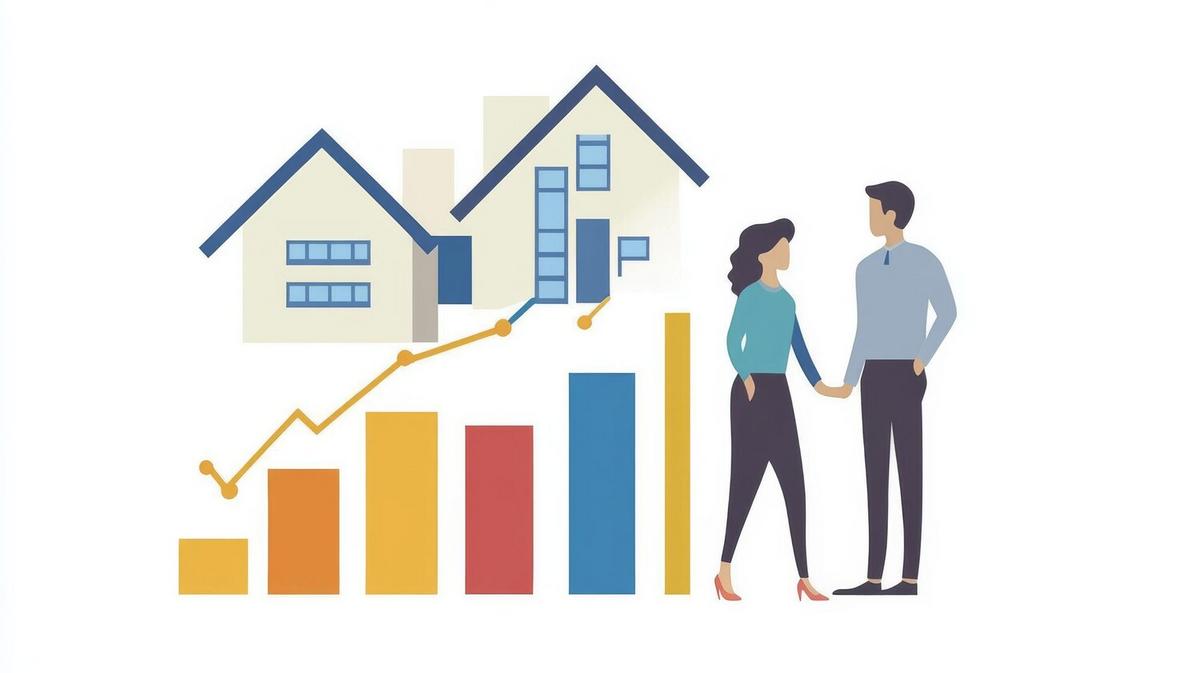
Navigating Real Estate Investments in a Post-Pandemic World
The landscape of real estate investment has undergone significant transformation in the wake of the pandemic, challenging investors to adapt to new trends and opportunities for sustainable growth.
As the world slowly emerges from the shadow of a global pandemic, the real estate market presents both challenges and opportunities for investors. The shift in consumer behavior and the economic impact of the pandemic have reshaped the real estate landscape, making it crucial for investors to navigate this new terrain with informed strategies.
Understanding the Shift in Real Estate Dynamics
Real estate expert Mark Zandi, chief economist at Moody’s Analytics, notes that “the pandemic has accelerated existing trends such as remote work, which in turn affects residential and commercial real estate values.” This shift has created a demand for suburban homes and flexible office spaces, as more people seek accommodations that support remote work lifestyles.
Statistics Highlight New Opportunities
According to a report by the Urban Land Institute, 2021 saw a 10% increase in suburban real estate transactions, highlighting the growing interest in areas outside urban centers. This trend is supported by data from CBRE, which indicates that flexible office space demand has increased by 15% as companies adapt to hybrid work models.
Personal Insights: Adapting to Change
Consider the experience of Michael, a real estate investor who pivoted from urban commercial properties to suburban residential investments. By recognizing the shift in demand, he was able to capitalize on the growing preference for spacious homes with dedicated office spaces.
Actionable Tips for Investors
- Research emerging markets: Focus on areas showing growth potential, such as suburbs and regions with infrastructure development.
- Embrace technology: Utilize digital tools for market analysis and property management to stay competitive.
- Diversify your portfolio: Consider a mix of property types to mitigate risks and capitalize on various trends.
Stay informed by subscribing to reputable real estate news outlets and attending industry webinars to keep abreast of the latest market trends.
Comparative Overview of Real Estate Types
| Property Type | Pros | Cons |
|---|---|---|
| Residential | High demand in suburbs, stable rental income | Market saturation in certain areas |
| Commercial | Potential for high returns, diverse tenant base | Vulnerable to economic downturns |
| Industrial | Growth in e-commerce, long-term leases | High initial investment |
| Retail | Strong location benefits, consumer engagement | Shift to online shopping |
| Multi-family | Economies of scale, consistent demand | Management complexity |
| Mixed-use | Diverse revenue streams, urban appeal | Complex development process |
| Vacation rentals | High short-term returns, flexibility | Seasonal demand |
| Office | Central locations, long-term leases | Remote work trend |
Frequently Asked Questions
How has the pandemic affected real estate prices?
The pandemic initially caused a dip in prices, but many areas have since experienced a rebound, particularly in suburbs where demand has increased.
What should investors consider when choosing a property type?
Investors should assess market trends, location potential, and their own risk tolerance to determine the best property type for their portfolio.
Is now a good time to invest in real estate?
While challenges exist, there are also opportunities in emerging markets and property types that align with current economic trends.
In conclusion, navigating real estate investments in a post-pandemic world requires adaptability and strategic foresight. By understanding market shifts, leveraging technology, and diversifying investments, investors can position themselves for success in this evolving landscape. Stay informed and proactive to seize the opportunities that lie ahead.


